IRL vs URL:
The Changing Face of Retail
05.05.21 - MARM THINKS
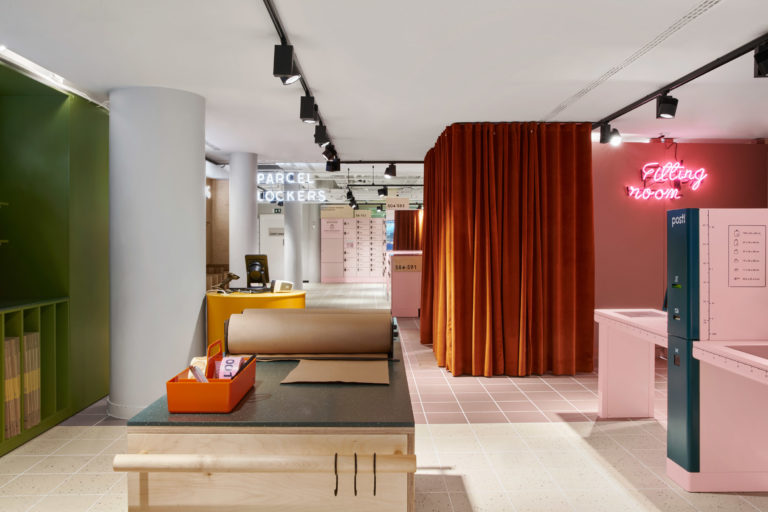
With three quarters of businesses believing that COVID-19 will have a lasting impact on their organisation for up to 4 years (source: Trendhunters), it’s clear that the long-term ripple effects of the pandemic will inform our consumer experiences moving forward. Retail businesses with a large physical store footprint have felt the full brunt of 2020. The eccom-only acquisitions of big hitters Arcadia and Debenhams are testament to this shift. Whilst brands scramble to prioritise their digital offering, it leaves us asking what’s next for the high street, how do these physical spaces evolve and what will their role become for society in general?
‘New gen consumers still seek tangible brand engagement, but this must be used to better inform and enrich their connection to the brand.’
Many consumers look set to continue their support of local business and community-building initiatives as we move tentatively towards the easing of lockdown. Following this lead, many larger brands are looking to streamline their operations to focus more local than global. Brands are being forced to think about how the retail experience will play a different role in brand loyalty, rather than merely the transactional space we’re used to. As we’ve been seeing in the rise of the Gen Z audience, new gen consumers still seek tangible brand engagement, but this must be used to better inform and enrich their connection to the brand. As George Nukuto at Smucker’s comments, ‘Consumer needs are going to change, and we need to evaluate what we can offer for the new situation presented to us.’. We’ve seen companies such as Amazon score big wins during lockdown, proving convenience still remains a high priority for most ecomm purchases, despite the conflicting rise in conscious consumption habits. In light of this, we expect to see more retail spaces become self-sufficient hubs, localising logistics and fulfillment operations to satisfy these two developing consumer expectations. If anything this year’s upheaval is pushing brands to ask ‘what job is my customer hiring me to do? And how do I adapt our stores to help get that job done?’ Posti, Finland’s answer to Royal Mail, are evolving their ‘click-and-collect store’ to become the ultimate self-service experience. The concept store, ‘Box By Posti’ not only boasts packing and recycling facilities, but fitting rooms, parcel lockers and ecomm pop up spaces, enabling Posti to add value to one of their core services – a seemingly mundane activity that’s fast becoming an everyday errand in the modern consumer’s life.
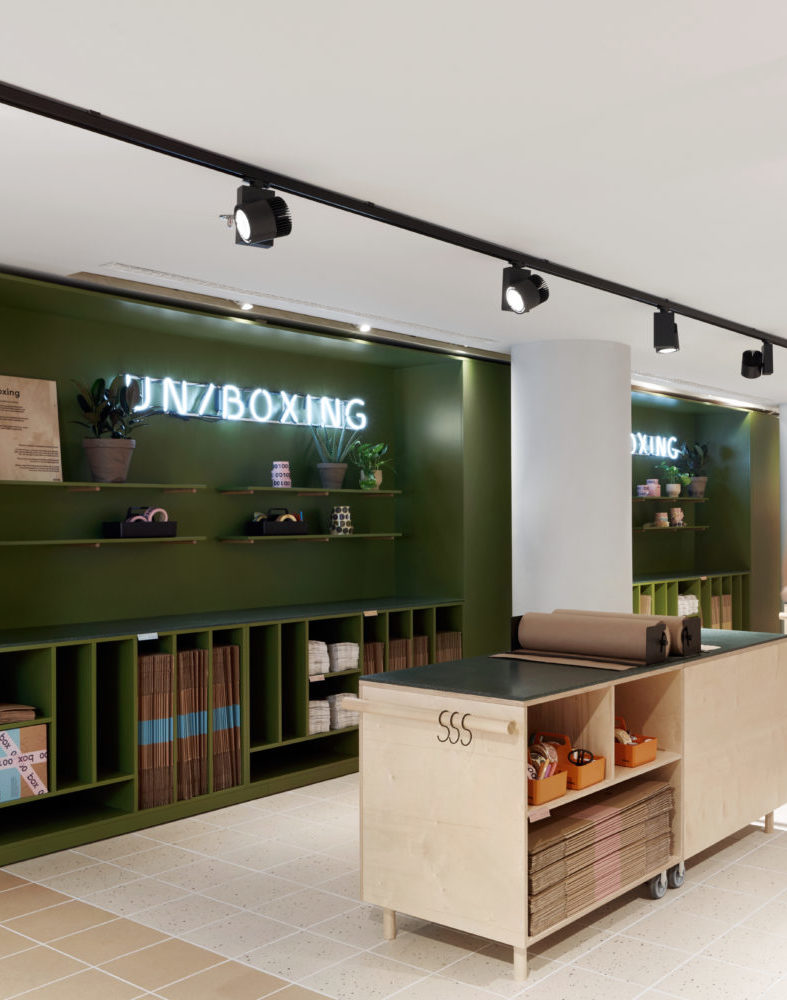
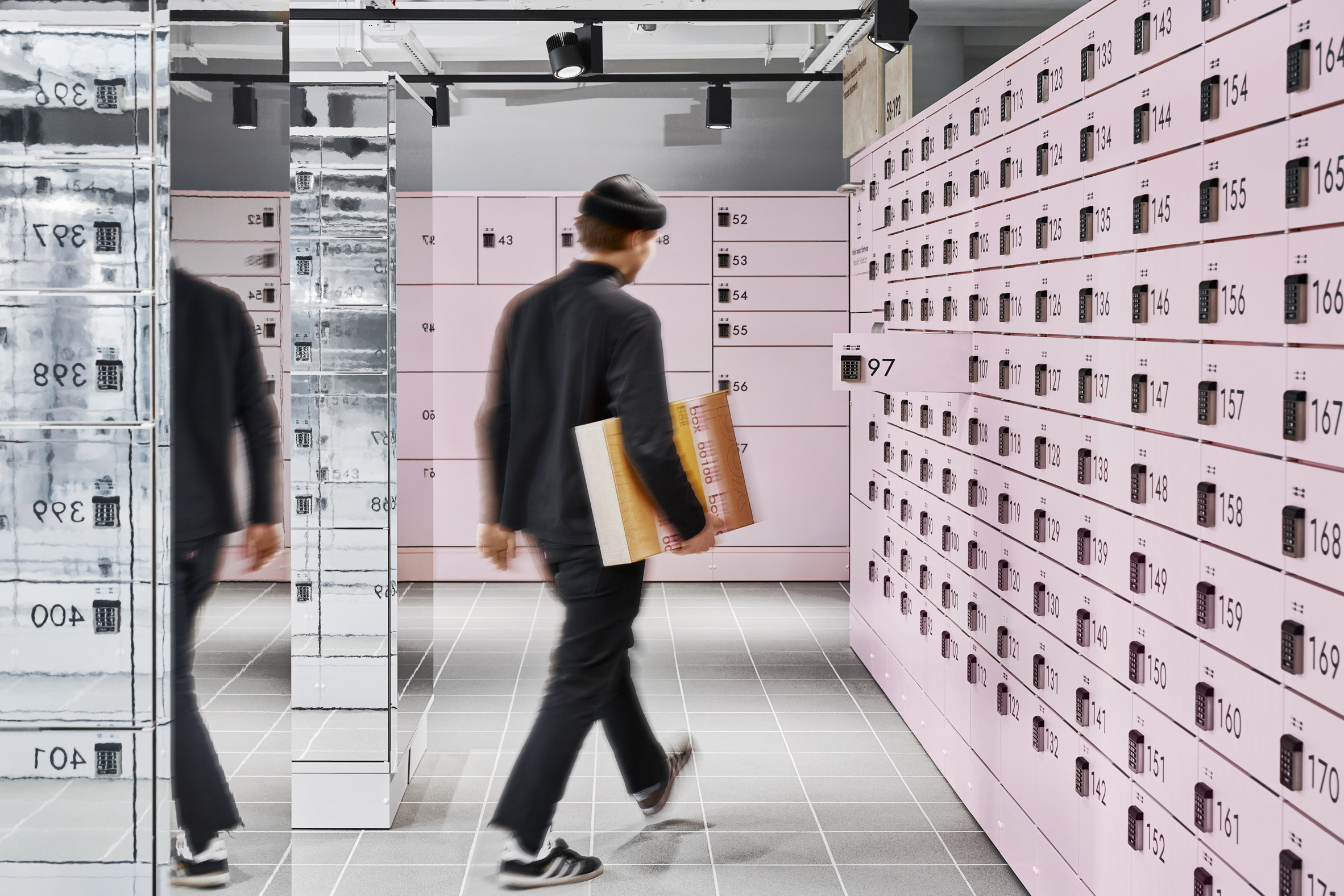
With this new responsibility on retail space to tell brand stories, we’re destined to see a boom in the blended ‘phygital’ experience we’ve seen brands experiment with during Covid. With most smartphones now integrating QR technology, it’s made it easier than ever for brands to implement augmented reality, but the question shouldn’t be when, but why? AR will only enhance the consumer journey when it’s integrated purposefully, so brands need to see this tool as a way of broadening brand discovery, rather than a bandwagon to jump on. When Nike launched its latest concept store in mainland China, ‘Nike Rise’, it showed a clear move towards the merger of its digital and physical brand worlds.
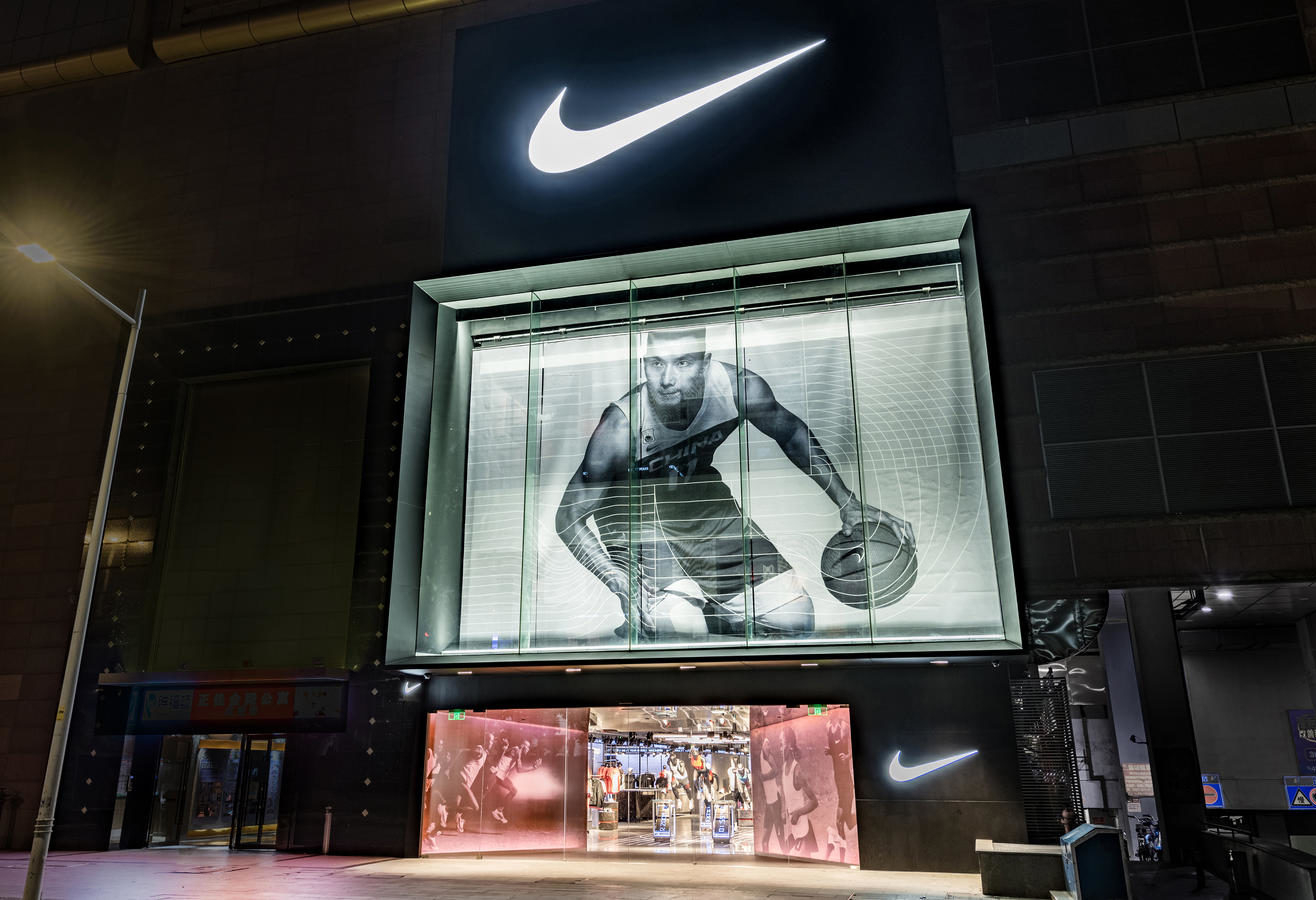
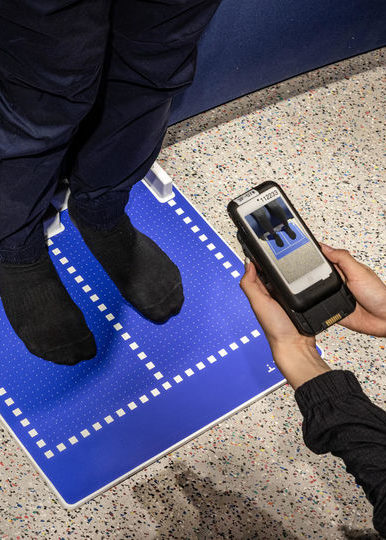
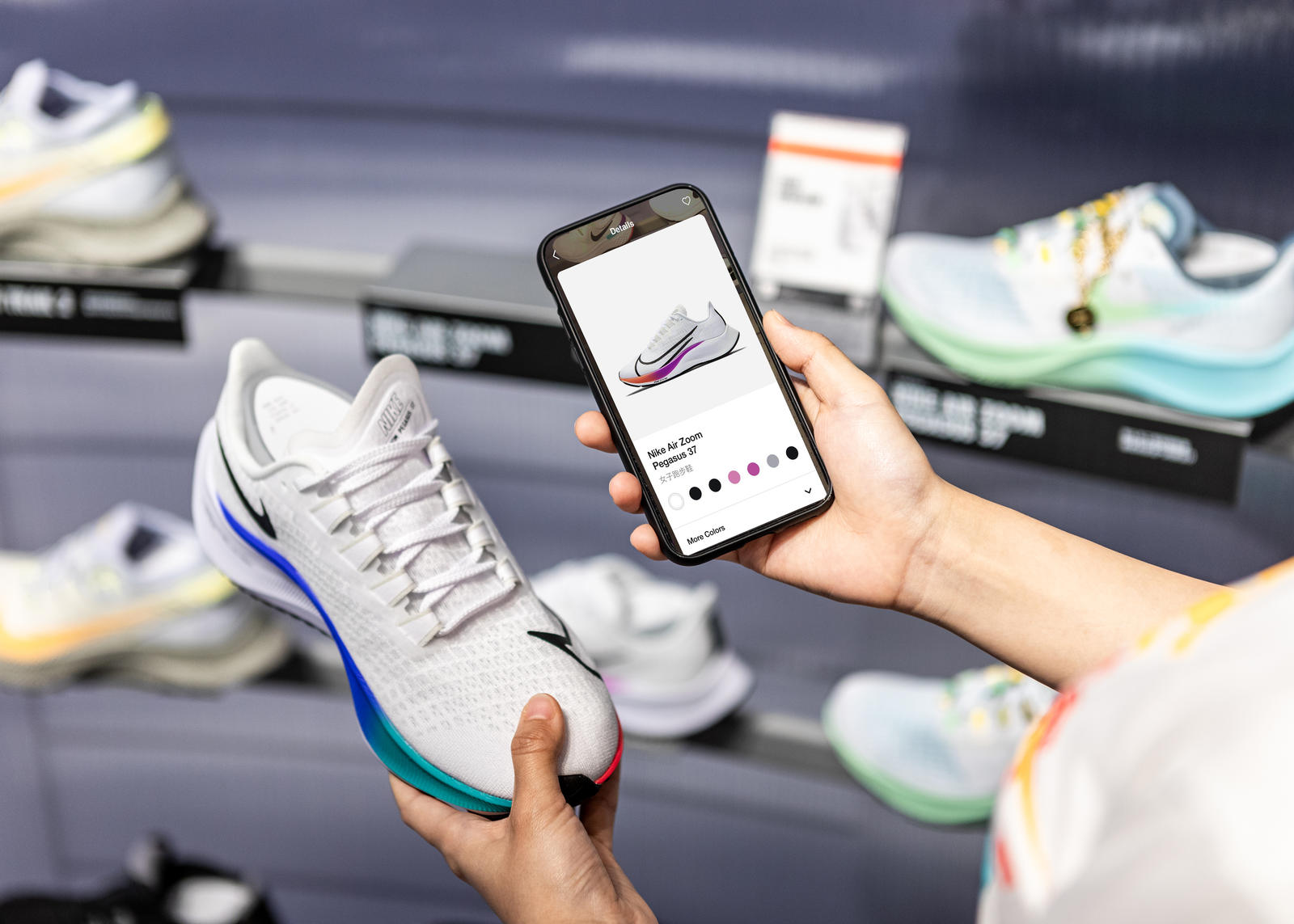
Based in sport-crazy Guangzhou, it combines the movement and sport of the city into an ever-changing store experience, utilising data from the Nike App and instore interactions. This creates a bespoke shopping journey for consumers on both a local and personal level. Features such as ‘Nike Fit’, which allows app users to scan their feet and discover the best fitting footwear available for them in store, contribute towards a wealth of consumer knowledge for Nike, creating a cyclical chain of data gathering that benefits both customer and brand. Alternatively, during 2020 we saw digital technologies used to create gateways into new audiences. A strong trend in gamification and the application of this aesthetic into brand marketing have been particularly prevalent in fashion, with brands such as Gucci, Mui Mui and Ralph Lauren releasing virtual collections, playable content and bitmoji outfits to diversify their offering, namely to entice a younger Gen Z audience. We predict that the next challenge for retail brands venturing into these virtual realms, will be the way in which they link this back into physical brand spaces. IRL vs URL is the wrong approach – consumers want to dip in and out of all the spaces a brand inhabits simultaneously.
‘The real takeaway for retail and its post-covid survival is to create a seamless omni-channel offering that champions connection and brand inclusion’
As retail grapples with a new online / offline consumer battle, the changes we’ve seen in urban living and physical shopping looks set to stay as we emerge from the pandemic. With many empty retail units being converted into residential lettings, what will become the heartbeat of the city or town, and how will this convince residents that urban living is worth it? According to Stockton-on-Tees Councillor, Nigel Cooke, it’s ‘not about more shops, it’s about leisure, culture, events and recreation’ and we couldn’t agree more. The harsh reality of lockdown saw thousands flee urban spaces across the UK, with a real focus on mental wellbeing. The benefits of more rural living, and more space inside and outside of the home just can’t be matched when the bright lights of the city no longer shine. Reinventing these urban areas for a new chapter in the societal landscape will be vital, but some councils in England have already begun to reimagine what these spaces could look like. Stockton-On-Tees, a former industrial town now home to around 85,000, plans to knock down struggling retail units and shopping arcades, on their knees long before Covid came along, and replace them with an expansive riverside park, three-times the size of Trafalgar Square. With 1 in 8 Britons having no access to private or shared garden space (source: ONS), these green sanctuaries are vital to the changing needs of city dwellers. By creating a new central hub for the town, based around nature, social interaction and recreation, Stockton-On-Tees are investing heavily in the evolution of not only the high street, but the wellbeing of its inhabitants. How retail reacts to these new spaces must be equally as innovative and build new experiences that compliment this emerging landscape. Clinging onto the traditional ‘buy and sell’ of a bygone era may work in the short term, but it won’t save brands from an inevitable future.
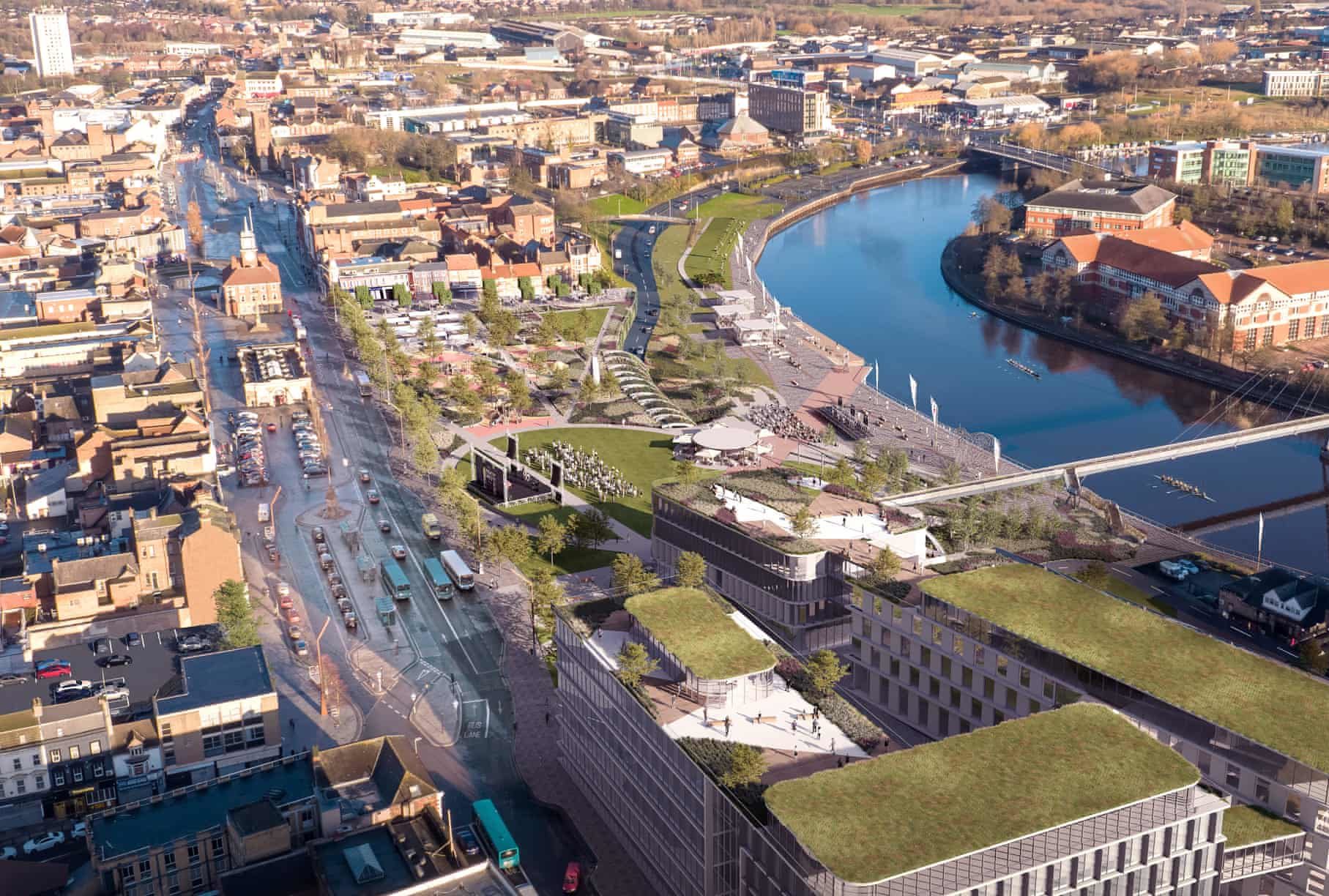
As we assess the acceleration of change the pandemic has brought about, we must embrace a more connected, purposeful marketplace. The real takeaway for retail and its post-covid survival is the acceptance of an omni-channel approach, one that builds brand meaning, not one that adds digital fodder. How brands adapt to a changing world and integrate their digital presence into something more tangible will become vital. For a more time-precious, educated consumer, an assault course of sign ups and app downloads to interact with a brand activation is a massive turn off, as are complicated returns policies, or sloppy customer service. Every facet of brand interaction is under the microscope right now. Our daily routines, the spaces we inhabit and our moral consumer compass are all in flux – retail must adapt and reinvent if it’s to thrive in the years to come.
MarmThinks is the mouthpiece for Marmalade London – the culmination of our thoughts and foresight, squeezed into bitesize posts. Check in for more past, present and future MarmThinks affecting brand and audience behaviours.